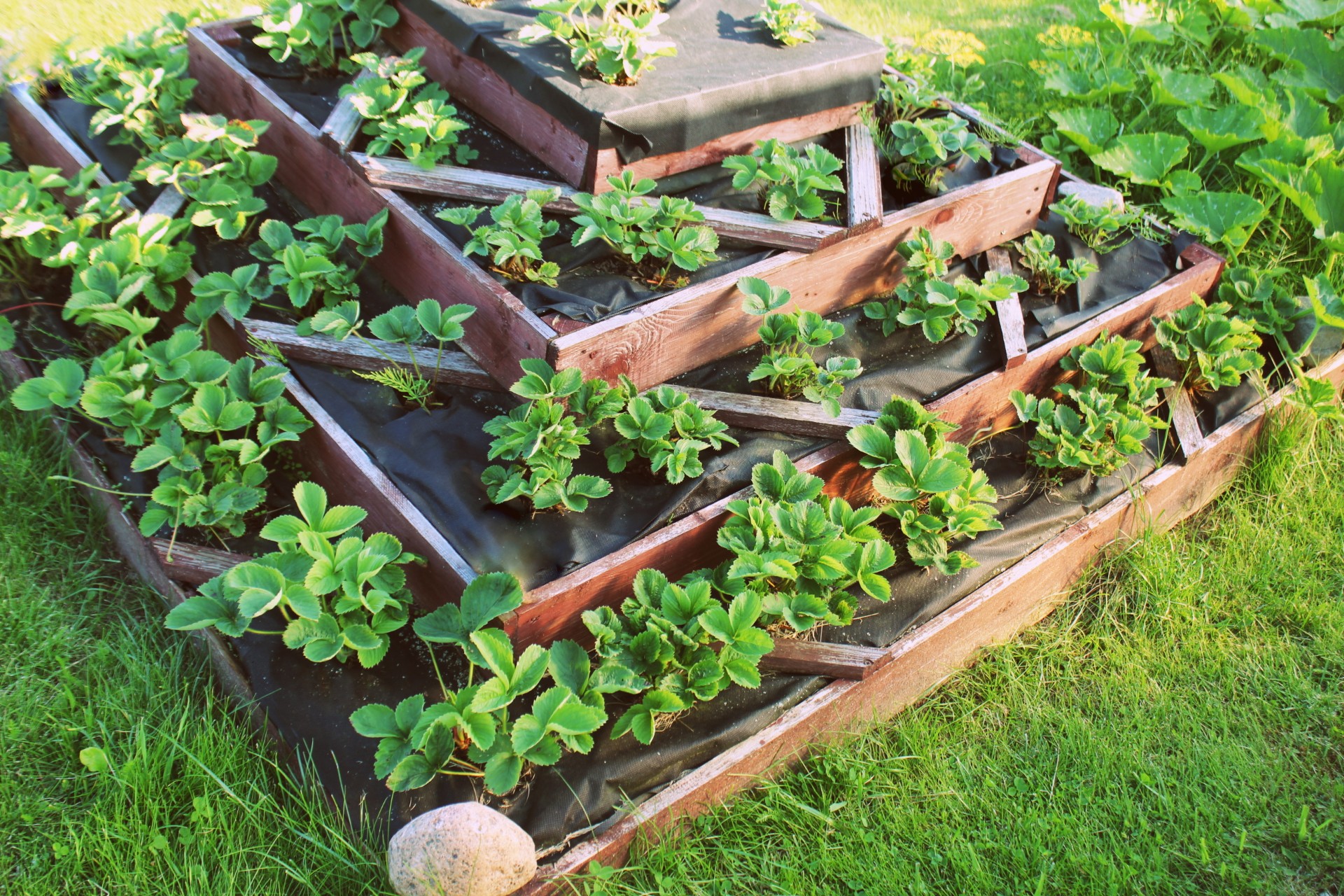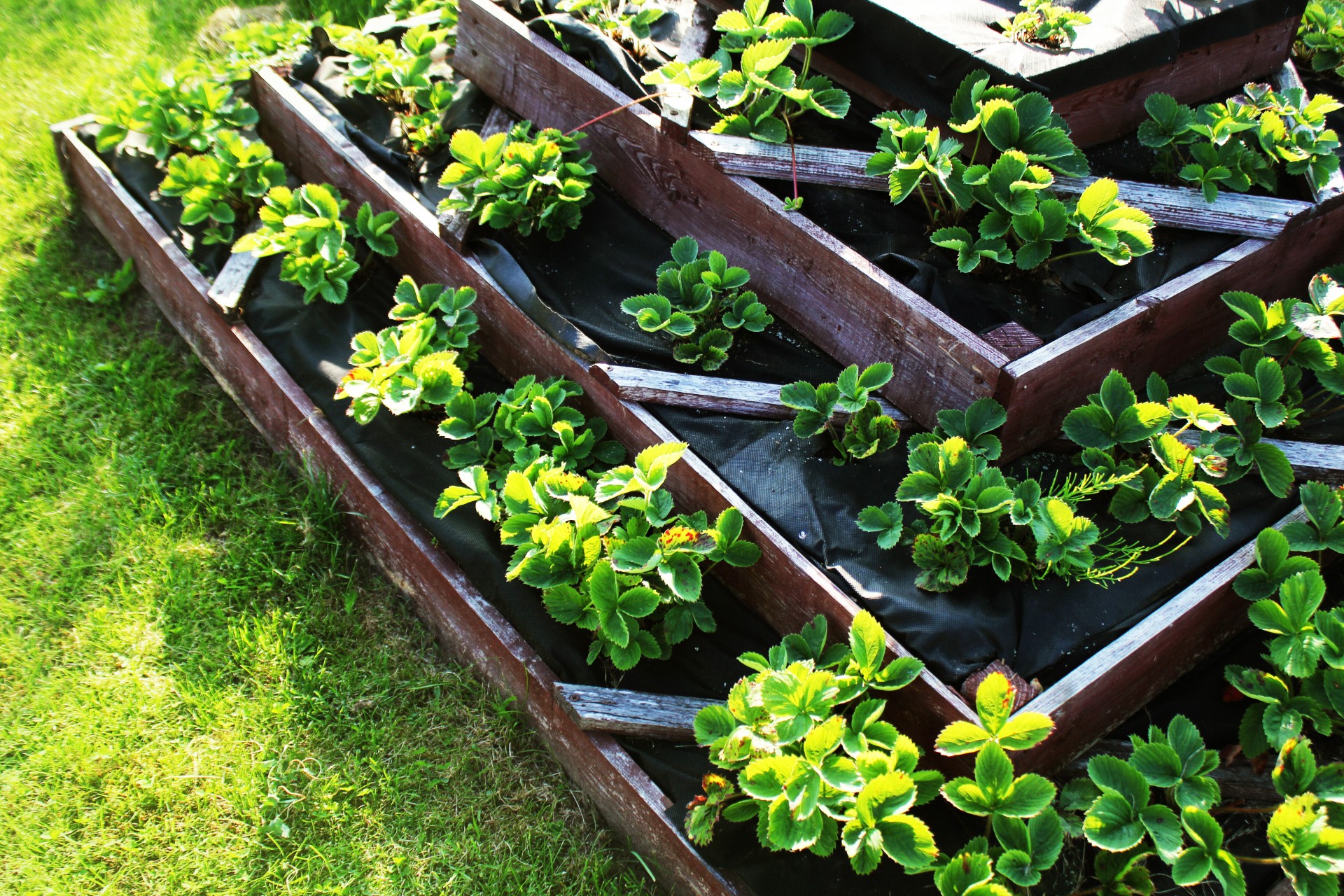Gardening is a fun and relaxing activity that nearly anyone can participate in. You can plant beautiful flowers, delicious veggies, or fragrant herbs. It is a hobby that has been invented and reinvented to keep up with hot, new trends. Lately, there’s been a profusion of trends, and many people have been embracing them. Some have decided to give aqua gardening a try, others have created gorgeous vertical gardens. Another current trend that’s been making the headlines is pyramid gardening. Pyramid gardening is perfect for any experienced or beginner gardener. It combines structural interest with real plants to create a beautiful, fun, and modern feature in your yard.

Why is pyramid gardening the hot, new trend?
Gardening in and of itself is a creative process. It is creating art and design with plants alone. It is no wonder why plants are used indoors and outdoors for decoration. They are a beautiful embellishment derived exclusively from nature. The current trend of pyramid gardening focuses on organizing plants in a pyramid-like structure.
Typically, this type of garden is brought to life with two unique designs. One design is a wooden structure designed to look like a tall, skinny pyramid. It has four sides leaning together to form a point and shelving along each side to hold plants and the dirt that nourishes them. The second design is still structured like a pyramid but has a step-like configuration. Usually, wood-framed squares, circles, or triangles are created in sizes ranging from largest to smallest. A square-shaped garden will likely have three to five squares, each one being about 1 foot larger than the one before to create a pyramid-like shape. The wooden frames are each filled with dirt and then stacked from largest at the base to the smallest on top.
This trend is so popular because of its modern look, space-saving ability, and creativity. Pyramid gardens are perfect for small backyards or other outdoor spaces. Its stacked structure allows for more plants in a smaller surface area. You can dedicate different pyramid gardens to certain types of plants and categorize based on herbs, vegetables, or flowers, as stated by Pretty Purple Door. The possibilities are endless with this trend and will ensure you’ll never lose your creative flair in gardening.
Who should try this gardening trend?
The simple answer: Everyone! There is no limit to who can or should try this fun, new craze in gardening. Whether you are an avid gardener or have never planted anything in your life, this trend can be fun and inspiring for everyone. It is easy to do and will be a fun DIY project when you want to get your hands dirty. You can build the pyramid structure yourself or buy one from multiple suppliers. Housely guides you on how to build a raised pyramid garden bed.
Even though this trend is designed for everyone, pyramid gardens are especially helpful for people with limited space. They are structured to bring your plants higher, so you have more ground space available. These gardens are completely customizable; you can determine dimensions and size, so you’re able to fit your space perfectly.

The many benefits of bringing a pyramid garden to your yard
Pyramid gardens are a fun, creative way to transform your outdoor space. They have so many benefits that will inspire and encourage you to participate in this great, new trend. Here are several benefits of a pyramid garden:
- Saves space. The main and most prominent benefit of a pyramid garden is its ability to save space. These gardens are perfect for small yards and can even be placed on patios and porches. They are typically designed to be skinny and tall structures that allow for more plants in a small area.
- Modern look. This type of structure is far from what you typically imagine when it comes to gardens. It is a clean, sleek wooden structure that combines a modern look with beautiful, natural plants. You will love how clean and crisp this garden will be in your yard. It is a piece of artwork that will be admired for years to come.
- Customizable. Just like any other garden, this garden is completely customizable. You can build or order one with the exact dimensions you need. It can be built in a variety of wood finishes to match your style and design. Be creative and unique with this fun new home for all your favorite plants.
- Drainage for plants. The specific structure of pyramid gardens is designed to be great for drainage. You can put plants that require a lot of water toward the bottom of the structure, and plants that require little to no water on top. This will ensure the bottom plants get all the water that higher up plants did not use.
- Inspires creativity. Lastly, this garden inspires creativity and uniqueness. This trend is all about designing and taking it a step further. Let your creativity run wild and think up new ways to utilize this trend. You will love how inspiring and encouraging this craze can be for your outdoor space.
You will love how easy it will be to plant, maintain, and harvest crops in a garden pyramid. There is no longer any need for digging trenches, wrangling weeds, or struggling to keep critters away. This trend is inspiring and fun. You can let your creativity run wild and build a garden that you will love for years to come. Explore the many benefits that come with a garden pyramid and bring your planting skills to a higher level.


